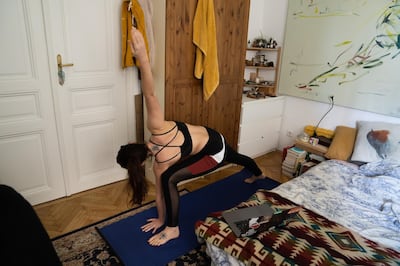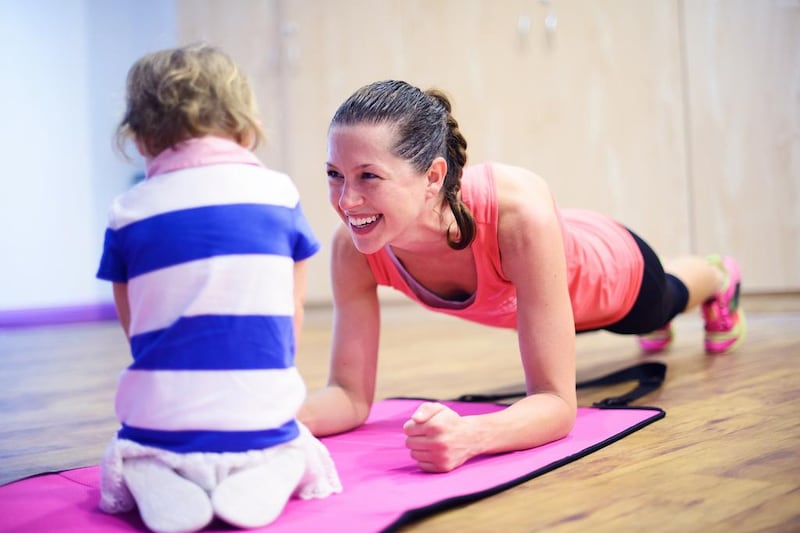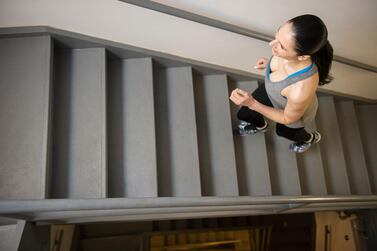As gyms around the world close their doors amid the coronavirus pandemic, we have all had to bring our workouts inside, and train from home.
Many gyms across the UAE (and globe) are offering at home workouts, but there is still no-one on hand to keep an eye on our form, as we all become our own PT.
Here, we turn to Dubai fitness professionals to answer our burning home workout questions on form and essential equipment.
Training in trainers: yes or no?
As we’re not going outside to workout, there is a temptation to ditch the trainers, but is that the right thing to do?
Brian Cochrane, the co-founder of UnderdogBoxn in Dubai’s Knowledge Village explains: “Most homes have concrete floors that are tiled or marbled and not cushioned like most studios, therefore they offer zero cushioning or support for any dynamic training.
“Most at-home workouts have lots of impact (such as running in place or squat jumps) so training barefoot can really compromise the health of your feet and ankles as these are not movements that we are accustomed to doing barefoot.”

However, there are workouts that benefit from a barefoot approach.
“With all that said, we would recommend adding some kind of barefoot training into your routine such as some kind of power, dynamic or sculpt yoga,” Cochrane adds. “These workouts are designed to be done barefoot and can help strengthen our feet and ankles to be more resilient.”
UnderdogBoxn is currently offering packages of classes for people to take on at home via Zoom.
What are we doing wrong at home?
Without a trainer on hand to keep us right, it is easy to make mistakes with form when you’re working out.
James Heagney, the founder of D5 Executive Gym in DIFC, explains: “When working out at home the biggest mistake I see people make is not using the correct range of motion. When performing an exercise it is beneficial to work throughout the full range.
“Typically, when we train at home it is easy to perform half squats and push ups. My recommendation is to slow things down, focus on controlled full ranges of movement.”
The best way to correct form, Heagney advises, is to take time when you finish working out and watch what you have been doing.
“You can act as your own personal trainer by filming yourself performing the exercise and watching it back,” he adds.
When it comes to specific moves like squats, lunges, push-ups and planks, focusing on form is essential.
Cochrane told The National: "The most common movement faults generally occur in bodyweight exercises such as squats, lunges, push-ups and plank variations, and if you think about it, these four bodyweight exercises (or variations of) make up the bulk of most at-home workouts circulating social media right now.
“It is really important to find an instructor online who is able to give clear, concise coaching cues on how to do these movements effectively, this is why we value live sessions over pre-recorded short exercise clips or workouts that only show exercises and don’t provide any coaching cues.”








